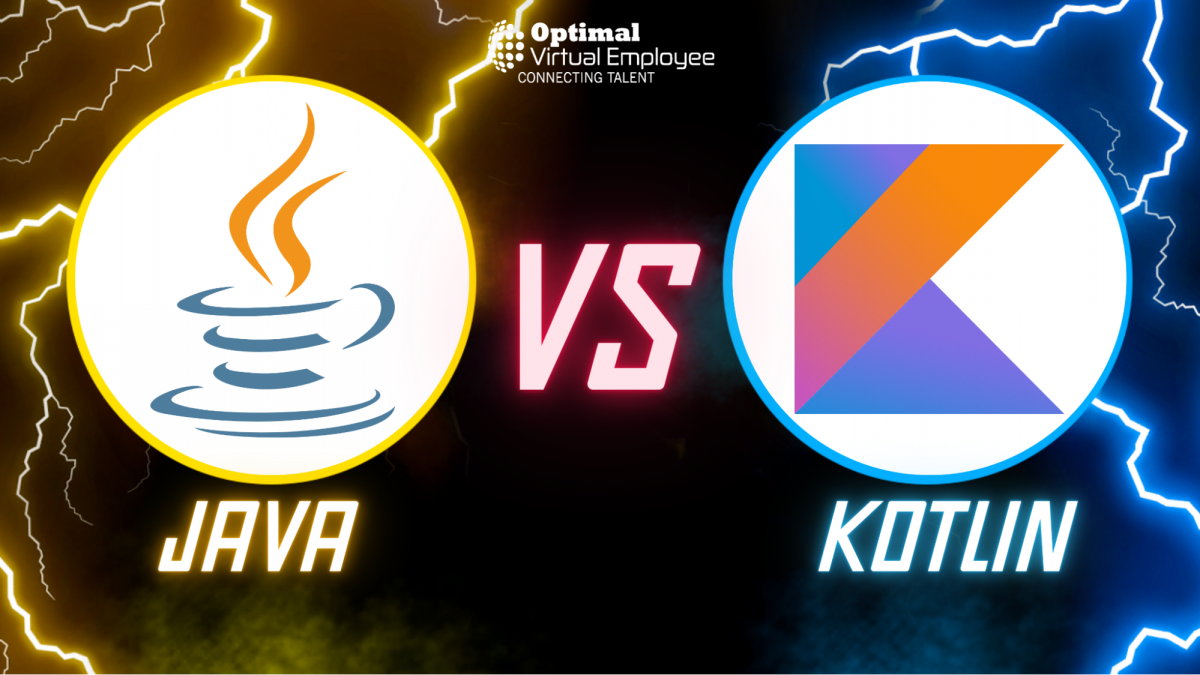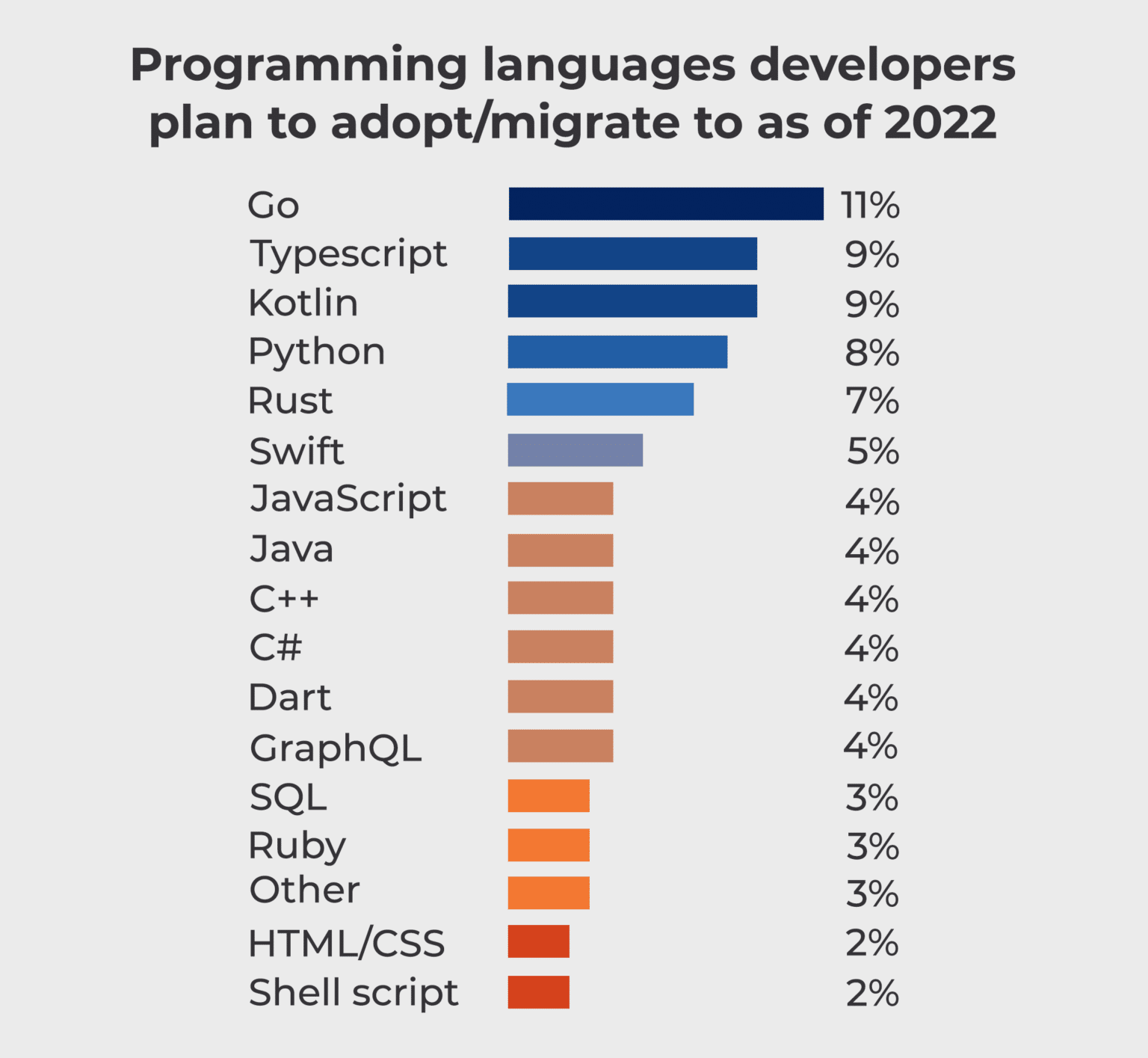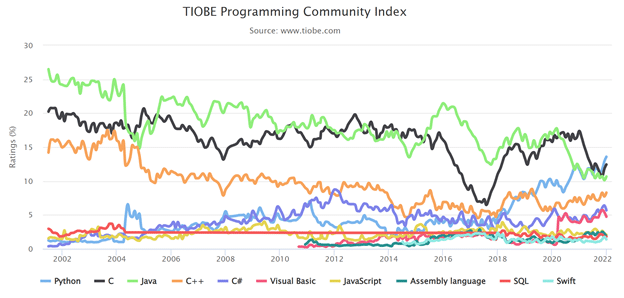When it comes to developing Android mobile apps, Java has been the predominant programming language for an extended period. However, it has recently faced a decline in market share due to the emergence of Kotlin, a newer and faster alternative. Google itself endorsed Kotlin as its preferred language for Android apps back in May 2019. Nevertheless, Kotlin’s appeal extends beyond Android app development and is gaining popularity in various other software development domains.
This article explores whether Kotlin has become the universally superior choice for Android app development or if Java still holds an advantage in certain scenarios. Additionally, we will delve into the broader applications of Kotlin, where it can serve as a viable alternative to Java.
What is Kotlin?
Kotlin is a statically typed, cross-platform programming language that originated and continues to be developed by JetBrains. Kotlin heavily draws from Java, aiming to match Java’s swift compilation speed.
Despite being relatively new, Kotlin has made significant strides in its six years of existence. While it underwent beta development for several years, JetBrains released the first stable version, Kotlin 1.0, in February 2016.
Kotlin’s rise has been remarkable, with Google officially endorsing it for Android development in 2017, marking a turning point. In 2019, Google further solidified Kotlin’s status as the preferred language for Android app development, emphasizing Kotlin-first.
Despite its relatively short history, Kotlin already powers over 20% of active Play Store apps and an impressive 87% of the top 500 US apps. For many developers and Google alike, Kotlin has become the top choice for Android app development.
However, Kotlin’s versatility extends beyond Android apps. It finds use in front-end and back-end web development, data science, and cross-platform mobile development. The graph below illustrates Kotlin’s current ascendancy compared to Java and other alternatives. Recent Statista research indicates that after Go, Kotlin and TypeScript are the two most preferred programming languages for future learning and use. This underscores not only developers’ fondness for Kotlin but also their confidence in its sustained market demand, with a multitude of projects adopting Kotlin.
(Source: Statista)
What is Java?
Java, an object-oriented programming language, was initially developed by Sun Microsystems and made its debut in 1995. Later, Oracle acquired Sun Microsystems in 2010, inheriting the Java programming language as part of its suite of Java technologies.
Java technologies were regarded as cutting-edge at the time, and even today, Java remains a secure, robust, and dynamic programming language with a wide range of applications. One of its distinct advantages is its platform independence, allowing developers to run Java code on any computer that supports the Java Virtual Machine.
Thanks to its versatility, Java finds applications in various domains, including app development (especially for Android), internal enterprise development, game development, Big Data, and desktop/web/IoT applications. Java’s influence extends beyond its direct use, having significantly impacted the development of numerous other programming languages. Languages like JavaScript, JS++, C#, Python, PHP, Scala, and even Kotlin can be traced back to Java’s influence.
Java serves as a foundational technology in software development and continues to be a core programming language in university curricula. Its prominence in education is due to its effectiveness in teaching fundamental programming principles, often serving as a springboard for learning other programming languages.
The profound impact of Java on the IT and software industry is undeniable. Numerous companies have harnessed the power of Java to create pivotal technologies, such as Google’s search engine, Spotify, and LinkedIn. As consumers, we reap the daily benefits of advancements made possible through Java.
It comes as no surprise that Java has consistently ranked among the most popular programming languages. The graph below illustrates that Java, alongside the programming language C, held the top position for over two decades. From mid-2015 to early 2020, Java reigned supreme as the number one programming language in use, and it continues to maintain a position within the top three.
(Source: tiobe-index)
What is the connection between Kotlin and Java?
Java, alongside Python, C, and JavaScript, ranks among the most widely used programming languages. It boasts versatility across various applications and technologies and has maintained its status as a prominent software development language for many years.
In contrast, Kotlin emerged as a programming language with a stable release only since 2016. Kotlin’s rapid ascent in popularity over the past five years is noteworthy, especially as it has become the preferred choice for Android app development, dethroning Java, the long-standing leader in Android development.
The graph below illustrates that over 50% of new Android apps available on the Google Play Store today are built using Kotlin as their primary programming language. Among the top 500 Android apps in the American Google PlayStore, approximately 87% have adopted Kotlin. Some prominent apps, including Uber, Evernote, and Pinterest, have even transitioned from Java to Google’s newly endorsed programming language.
What Are the Differences Between Java and Kotlin?
When comparing Java and Kotlin, it becomes evident that they exhibit several differences. While they share a common programming language and some features, their distinctions become more apparent upon closer examination. Here is a comprehensive breakdown of the disparities between Java and Kotlin:
Programming Styles:
Java is primarily an object-oriented programming language and doesn’t support multiple programming styles.
Kotlin, on the other hand, offers support for both object-oriented and functional programming, making it more versatile than Java.
Performance:
Both Java and Kotlin support multithreading, which enhances application performance and responsiveness.
Kotlin goes a step further with coroutine support, simplifying the development of asynchronous code. Coroutines prevent long-running tasks, like background operations in Android apps, from blocking the main thread and causing application crashes.
Android Development:
Kotlin has emerged as the preferred programming language for Android app development. It seamlessly integrates with Android Studio and supports various plugins, ensuring compatibility and ease of use for developers.
Web Development:
Java remains a strong choice for web application development, thanks to its support for frameworks like Spring, JSP, and JSF.
Java’s suitability for legacy projects makes it a viable option for long-standing websites and applications.
Conclusion
If you’re embarking on the development of a new Android application, opting for Kotlin is highly recommended. It offers a clean, secure, and user-friendly development environment. With features like coroutine support, Kotlin excels in creating Android apps capable of handling intricate background tasks. Moreover, Android Studio seamlessly accommodates Kotlin code, simplifying the integration of various features and plugins into your Android app.
Conversely, if your project entails the maintenance or enhancement of a legacy web or mobile application, Java is a prudent choice. Java is a well-established programming language known for its robust documentation and strong community support. You can gradually introduce Kotlin features into legacy applications when it’s safe and practical to do so.











